By Zoe Lorimer
Biodiversity is more than just a scientific concept—it is deeply personal, cultural, and historical. For many of us, nature is intertwined with our identities, memories, and experiences. My journey as a Biodiversity Ambassador with the Royal Botanic Garden Edinburgh (RBGE) has been one of rediscovery—of my roots, my passions, and the ways in which plants tell stories that connect people across time and geography. This traineeship has given me the opportunity to explore not only the ecological importance of biodiversity, but also its social and emotional dimensions. Through my work with communities in Scotland, I have learned that plants, like people, carry histories that deserve to be heard.
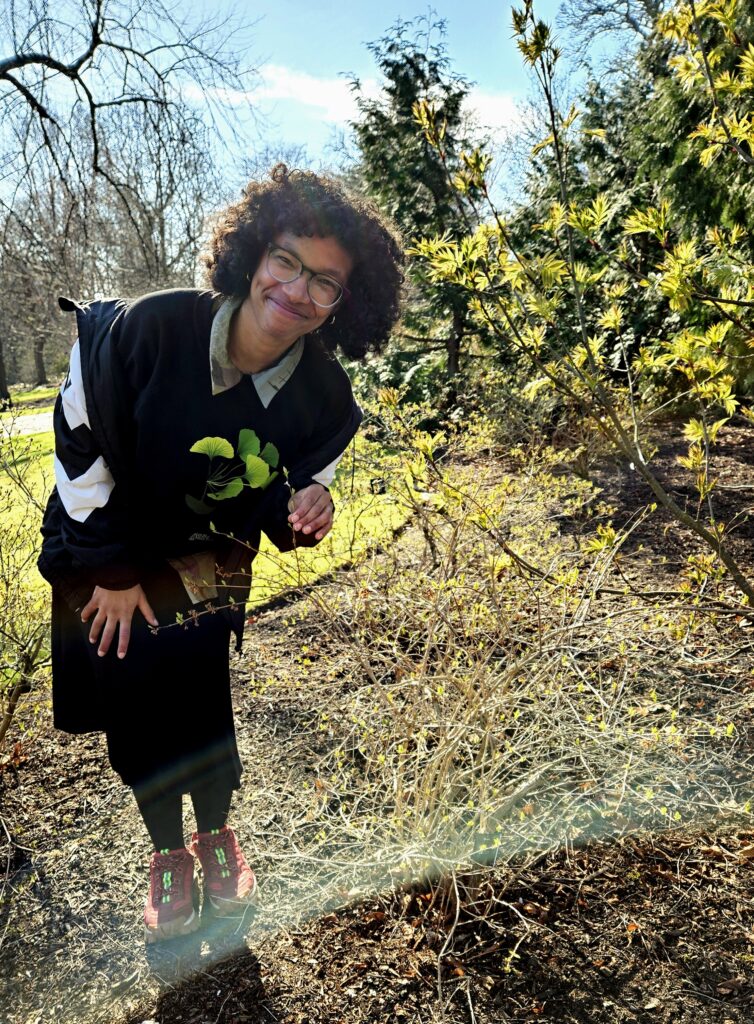
Reflections on My Journey as a Biodiversity Ambassador
I grew up in Edinburgh, but I haven’t lived there or visited much for the past 15 years. The Biodiversity Ambassador traineeship with RBGE was an opportunity to return and reconnect—not just with the city, but with nature and the experiences that shaped me while living abroad. Throughout my travels and time spent living outside of Scotland, I found deep connections with nature. This traineeship allowed me to bring together all that I have learned and experienced, weaving those lessons into my work with communities in Scotland.
A Personal Connection to Biodiversity
I feel so emotionally entangled with miseonnamu (Abeliophyllum distichum), and I have never seen the plant in person. When given the task to choose a plant from the currently closed glasshouses at the Edinburgh Botanics, I originally planned to choose cacao (Theobroma cacao)—something familiar, something whose products I have consumed countless times. But cacao has been covered extensively in English-language resources, often by those who are separated from the people with the longest histories with the plant. While I considered sharing the story of cacao with ethnic minority groups in Scotland, (Scotland; whose history is intertwined with sugar and chocolate) it still did not feel like the right choice. Instead, I asked myself: which plants do not have a voice in Scotland? Which plants are missing from the narratives told at the Edinburgh Botanics?
So, I meticulously scanned the list of plants in the glasshouses, checking each plant’s native habitat. Having lived in multiple countries, I waited for a plant that resonated with me—one that I could connect with through shared geography, history, or culture. Near the end of my search, I found miseonnamu, also known as Abeliophyllum distichum, an endangered Korean plant. I quickly became fascinated with this species, despite never having encountered it in person.
I first visited South Korea in 2014, and though I was unfamiliar with miseonnamu at the time, I knew of its ‘sister plant’ gaenari, Yellow Forsythia, which is the official flower of Seoul, South Korea’s capital. Learning about miseonnamu, I was struck by its scientific name and the stories it carries—Forsythia for William Forsyth, the Scottish naturalist, and Abeliophyllum for Clarke Abel, as named by the Japanese botanist Takenoshin Nakai in 1917, during Japan’s colonial rule over Korea. This one plant carries layers of history, colonial legacies, and scientific naming traditions that span continents.
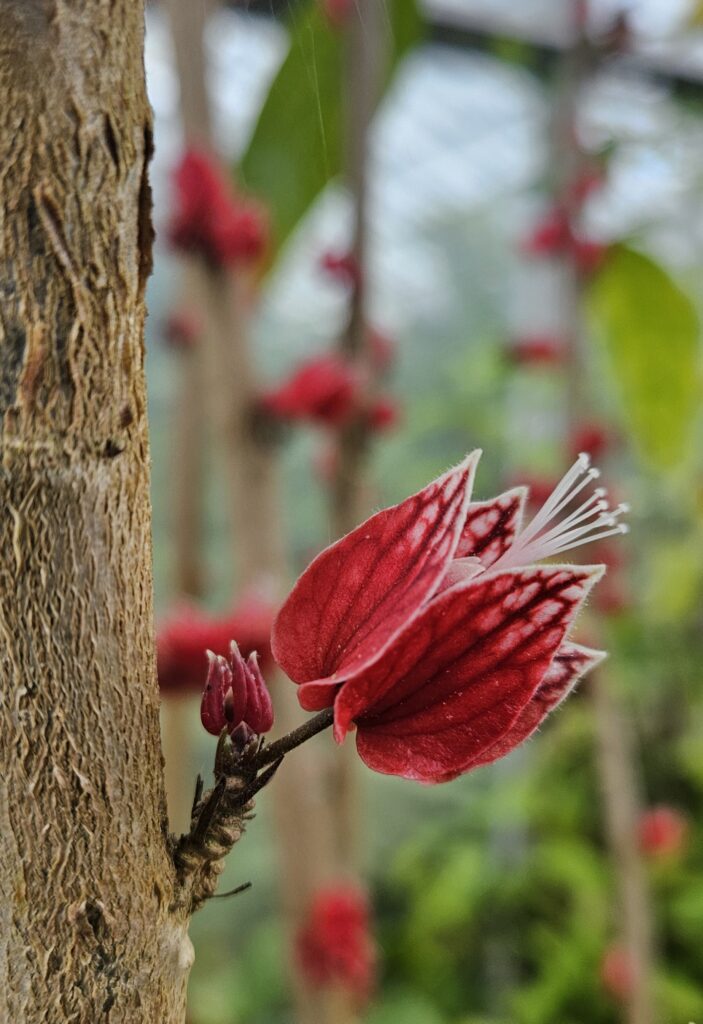
Learning Through Plants and History
Though I have read about miseonnamu’s unforgettable fragrance, I have yet to experience it. Perhaps it sulks in Edinburgh’s glasshouses because this is not its home. But it sulks in Korea, too—an endangered plant with only seven remaining natural sites, threatened by over-harvesting for its medicinal value. Maybe it sulks because it is lonely, the last of its kind in a genus with only one species, distantly related to Forsythia koreana. There is a lot to sulk about.
I use the term ‘sulk’ in reference to the previous RBGE story on Abeliophyllum distichum, the blog, “Floral Scents”, which states: “Plant this slow growing shrub in full sun to allow the wood to ripen in the summer, anywhere else this far north and the plant will sit and sulk.” This description resonated with me, capturing the plant’s struggle to thrive outside of its natural habitat. My journey with miseonnamu is just beginning. I have a reading list for my personal research and five community workshops to deliver about the plant. Through these workshops, I hope to spark in participants the same curiosity that drew me to miseonnamu. This traineeship has reinforced my passion for storytelling through plants, bridging history, science, and community engagement.
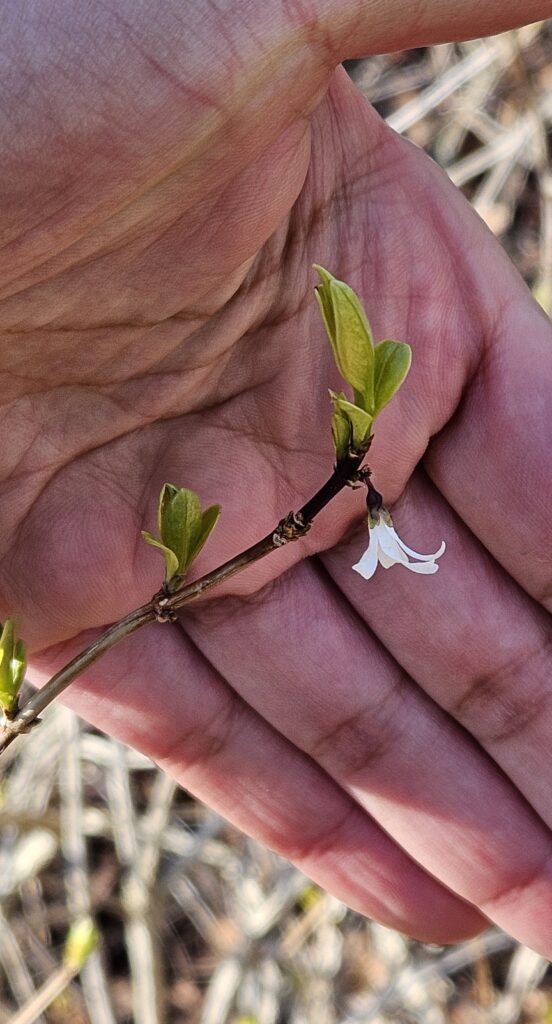
Discovering My Own Knowledge and Confidence
Returning to Edinburgh for this traineeship felt like coming full circle. My past experiences in anti-racism work and creative wellbeing initiatives for ethnic minority communities in Scotland shaped my understanding of how crucial inclusive environmental education is. While I initially questioned how much I truly knew about biodiversity, I came to realise that my experience delivering community workshops and my personal journey through different ecosystems—both in Scotland and abroad—had already equipped me with invaluable knowledge. The traineeship was less about learning from scratch and more about recognising, validating, and refining what I already carried with me.
A key realisation was how much my time in East Asia—living and working in Taiwan and South Korea, and traveling through Indonesia, Japan, and Vietnam—has shaped my perspective on nature. The cultural relationships with plants, food, and biodiversity in these regions are deeply embedded in everyday life. From the urban green spaces of South Korean cities to the traditional agricultural practices of indigenous groups in Taiwan, I saw firsthand how different societies integrate biodiversity into their lived experiences. This traineeship encouraged me to bring those lessons into my work here in Scotland and share those perspectives with communities who might find them just as illuminating.
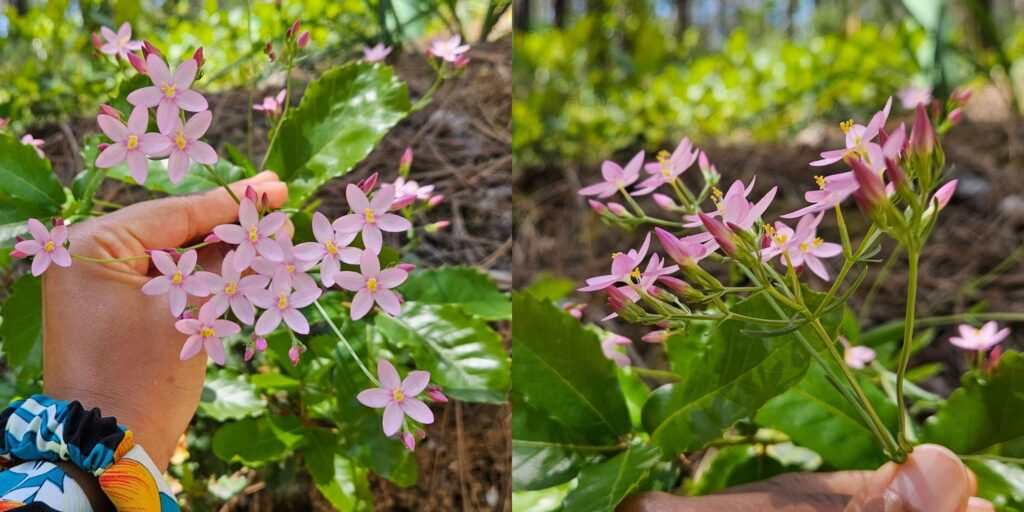
My Favourite Memories of the Traineeship: Community and Plants
Taiwan and Korea’s flora after seeing first edition Japanese botany books in the RBGE library, this helped me connect biodiversity with larger socio-political narratives. These moments reinforced how intertwined history, culture, and ecology truly are
How I Have Changed
At the start of this traineeship, I sought validation for my knowledge of biodiversity and community engagement. The experience has instead given me the confidence to recognise that I do not need an institutional name like RBGE to justify my expertise (but it helps!). The journey has been as much about reclaiming my own narrative as it has been about learning new skills. The real challenge is not in acquiring knowledge but in overcoming the barriers—internal and external—that prevent me from sharing it.
Edinburgh’s ethnic minority population has grown significantly over the years, especially compared to when I was growing up in the capital (2.36% non-white ethnic minority from 1991 census data, compared to 15.1% in 2021), yet how often do we see that reflected in environmental spaces? The more I engaged with this question, the more I realised the importance of making biodiversity knowledge accessible and inclusive. This traineeship has given me the tools and the drive to continue that work, ensuring that more people—especially from minority ethnic communities—feel seen, heard, and included in Scotland’s environmental conversations.
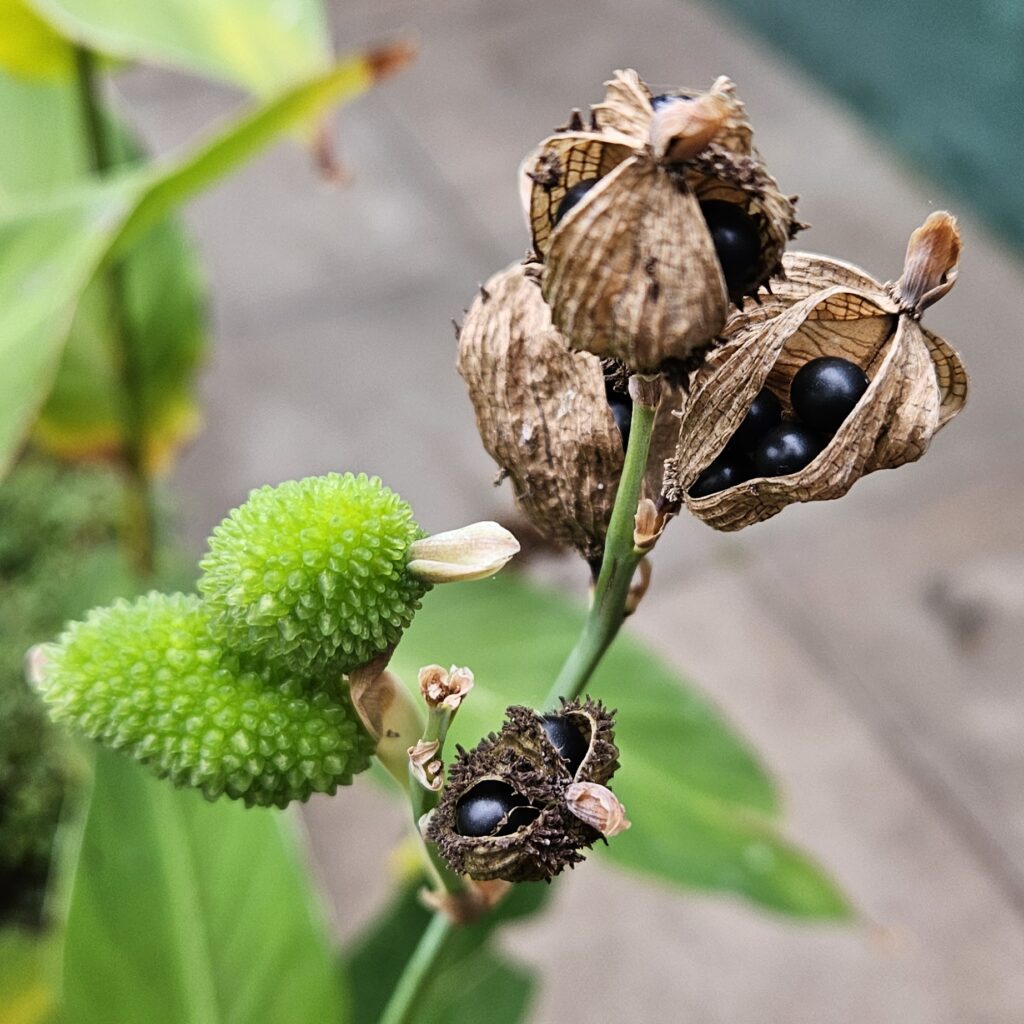
Lessons From My Traineeship
Biodiversity is not just about conserving species; it is about preserving stories, relationships, and cultural knowledge. Through this traineeship, I have learned that my connection to nature extends beyond scientific facts—it is about lived experiences, historical narratives, and the power of storytelling. My journey as a Biodiversity Ambassador has only begun, but it has already reshaped my understanding of what it means to be an advocate for nature. As I move forward, I hope to continue bridging the gap between communities and the environment, ensuring that biodiversity education is inclusive, accessible, and deeply meaningful for all.
The Biodiversity Ambassador programme is part of Planting Connections and made possible with The National Lottery Heritage Fund. Thanks to National Lottery players, we have been able to support Biodiversity Ambassador trainees to work with communities.

Malcolm
Excellent article on the interface of plants and people and the dialogue they create
Hugh Heron
I was so impressed by Zoe’s attitude to life generally . Her great interest & love of plants ; the uniting of nature into modern day politics , from other little , ” gems,” I read about her .
She appears to have a faultless way of life .
Hugh Heron .